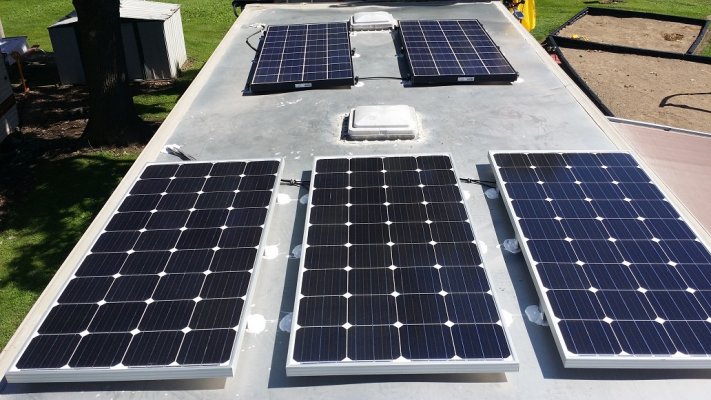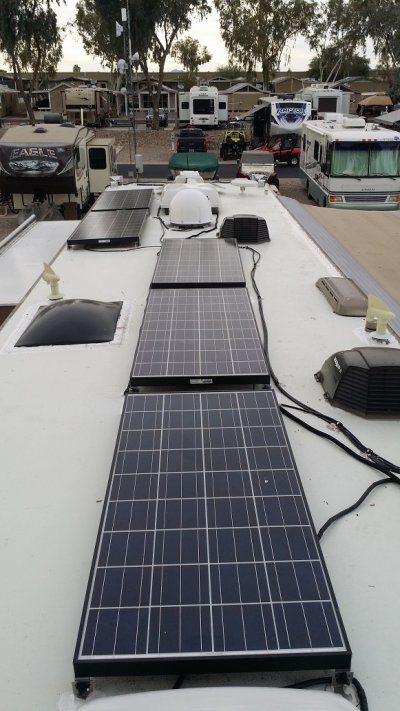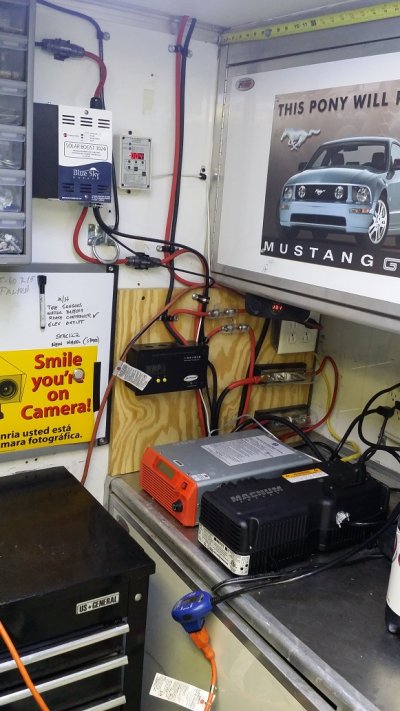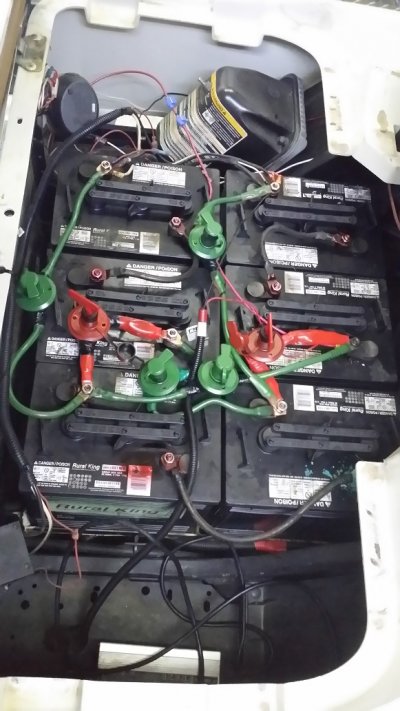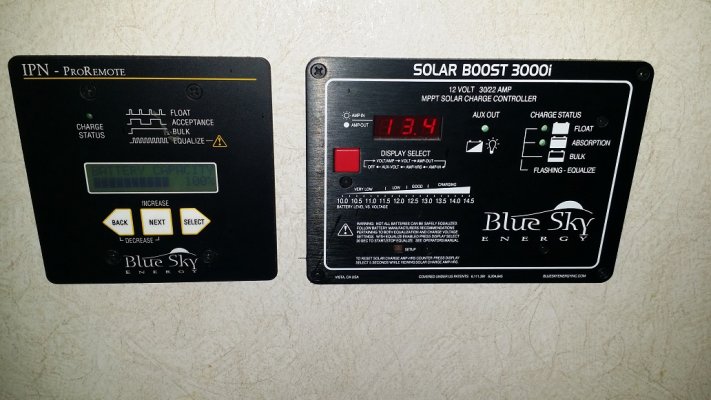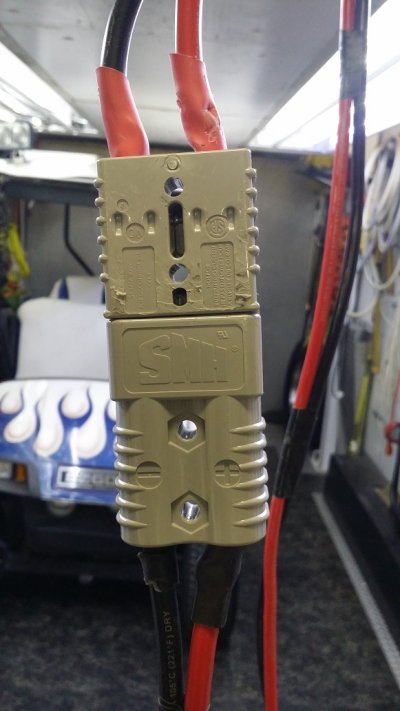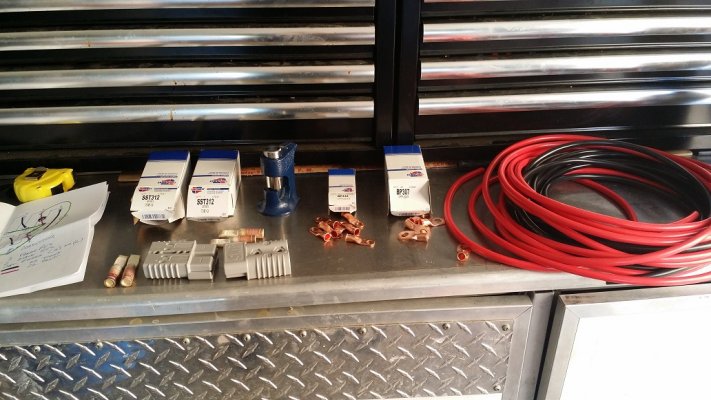mikeylikesit
Well-known member
Going to take the plunge and add some house batteries and an Inverter. I am wondering what would be the pros and cons of keeping the new batteries and inverter "separate" from the existing house batteries and existing 110v coach system vs integrating it into the existing system.
would there be a "conflict" between the power CONVERTER I currently have and the new INVERTER? or would I disconnect the converter once the inverter is functional?
would the INVERTER OUTPUT just connect to the 110v distribution panel? I'm reading the tutorials.....I understand the sizing, the battery capacity, etc.
Probably just overthinking it, (a product of my boating days), but having separate systems and the redundancy it would provide could be a good thing, right?
would there be a "conflict" between the power CONVERTER I currently have and the new INVERTER? or would I disconnect the converter once the inverter is functional?
would the INVERTER OUTPUT just connect to the 110v distribution panel? I'm reading the tutorials.....I understand the sizing, the battery capacity, etc.
Probably just overthinking it, (a product of my boating days), but having separate systems and the redundancy it would provide could be a good thing, right?

